I have purchased a nice light bulb with long visible wires/resistors and plugged it in, on the ceiling. It burns too bright without a dimmer and does not look as intended (also the lifespan decreases).
I would like to permanently dim it. However the light switch does not have enough space inside it for a full dimmer, though I can fit something smaller. I was thinking of connecting a big resistor serially to the bulb.
Is that a good idea? I was thinking around 2 KOhm, as I figured that is the typical lightbulb resistance and therefore it would halve current. What is the difference with the 0.1W and the 50W ones? Can either take the 220V we have over here? Would it overheat closed inside the switch hole? Am I talking nonsense and should I go back to reading my uni books again?
